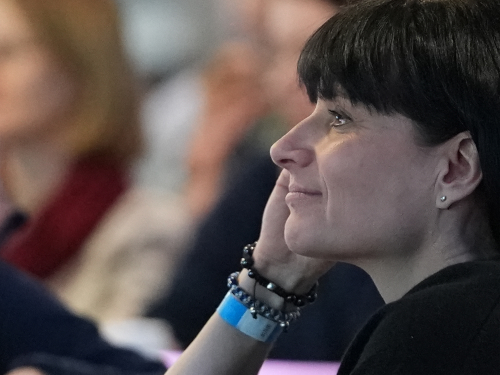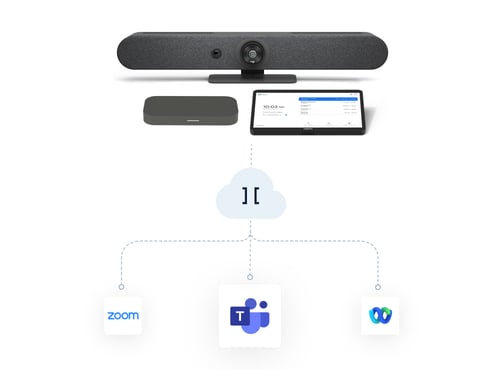This January we hosted a global gathering for all the women in Pexip. Some women thought the idea was inspiring and were ready to rally. Others asked whether it was mandatory. And some felt that this gathering put them in a box they didn’t want to be in. It was a stark reminder for me as an HR leader that when it comes to improving gender balance in the workforce, the answer isn’t necessarily one-size-fits-all.
For companies today like ours, who understand that diversity, equality, and inclusion (DEI) breeds success, we need to dig a bit deeper into the organization to make a bigger impact in terms of achieving a well-balanced workforce. That’s not to say that the high-level DEI agenda isn’t important. We must still create the policies, set the targets, offer the trainings, and invite to the special gatherings. These are the hygiene factors that need to be there to remind us of what we want to achieve.
But I believe that the most meaningful changes happen in everyday work life.
You can work in a company with the best targets and the most fantastic network for women, but if the individual isn’t thriving in the team, those targets and that network make very little difference in terms of retention.
As a manager, I know I bear a large part of the responsibility to make sure that every member of my team thrives. I also know that a diverse team is a better team – more creative, more innovative, and more successful – when and if we do things right. But getting there might require us to make some changes on an individual level rather than simply relying on company policies and initiatives.
On this International Women’s Day, I’d like to issue a challenge to all people leaders. I call on all of us to take responsibility for our teams – to create diverse and inclusive environments where each and every person thrives. I know this is easier said than done, which is why I would like to highlight some of the tools you already have at your disposal.
Understand your bias
We all carry our biases with us. They are formed and shaped throughout our lives – the products of our families, our background, our culture, and our experiences. The most important thing you can do is be aware of them, especially when you are making decisions and engaging with your team. One easy way to check your bias is to take a test. Here’s one from Harvard that you can do right now.
Treat people as individuals, not genders
Women make up half of the population, and every woman, just like everyone else, has different needs, skills, and ways of doing things. It’s important to recognize your team members for their unique strengths and contributions and create development plans tailored to them. Consider learning about strength-based leadership to adjust your thinking.
Be curious and involve your team
Ask questions instead of making assumptions. The task at hand may be crystal clear, but by being curious and listening to your team, the way you get there might surprise you. This doesn’t mean you have to change the work or the responsibilities of the team, but rather be curious enough to find out how your team members can use their unique qualities to achieve the goal and take ownership for the success. In Pexip, this is part of our ‘growth mindset’ approach, and we’ve learned a lot from Adam Grant’s “Think Again”.
Balancing the long-term targets with the short-term actions
The big, hairy gender balance targets are often longer-term goals. What I’m asking of managers is much shorter-term. It’s a change we can make right now to create better workplaces for individuals.
I urge you to look at the person in front of you as the human being they are and ask questions. Be curious. Listen to them. Be caring. It’s an approach that I believe will build a lot more trust in the team, giving you the ability to handle even the toughest issues when they arise. Because when people feel ownership and involvement, they are more likely to put in the hard work, be excited about it, and contribute to the team’s success.
Unfortunately, there’s no simple solution or box of tricks to do this for you. It takes some everyday magic instead. And there’s no better day to get started than on International Women’s Day 2024.





